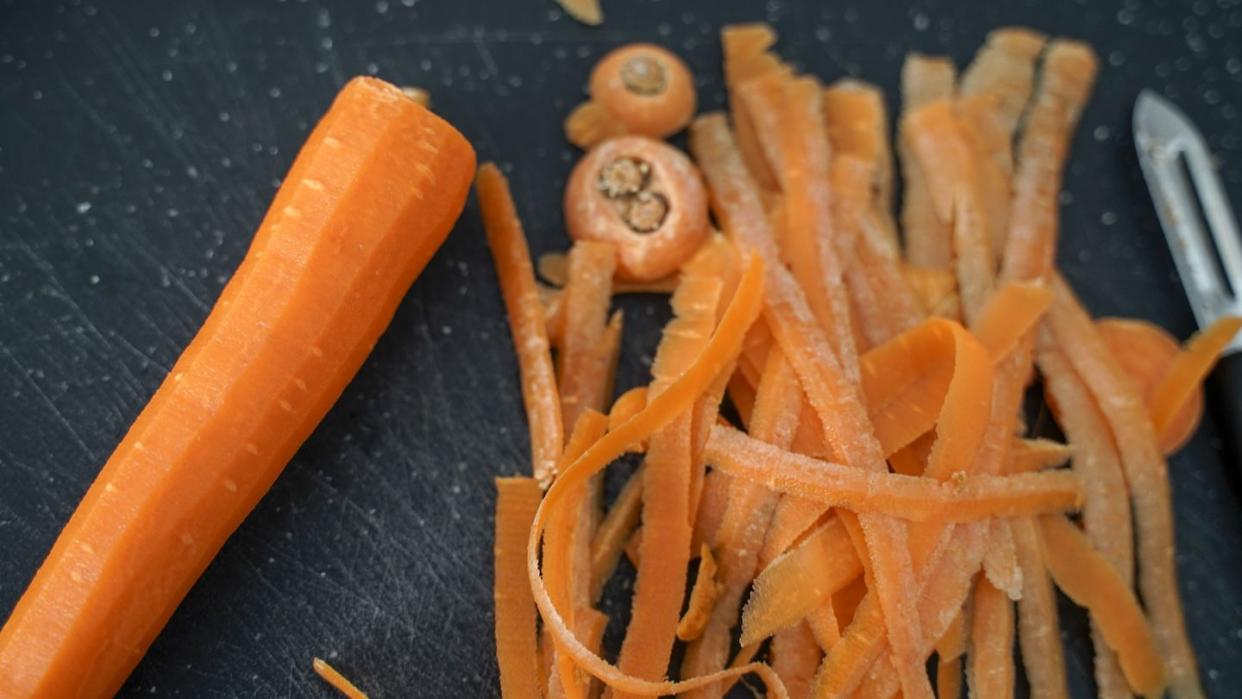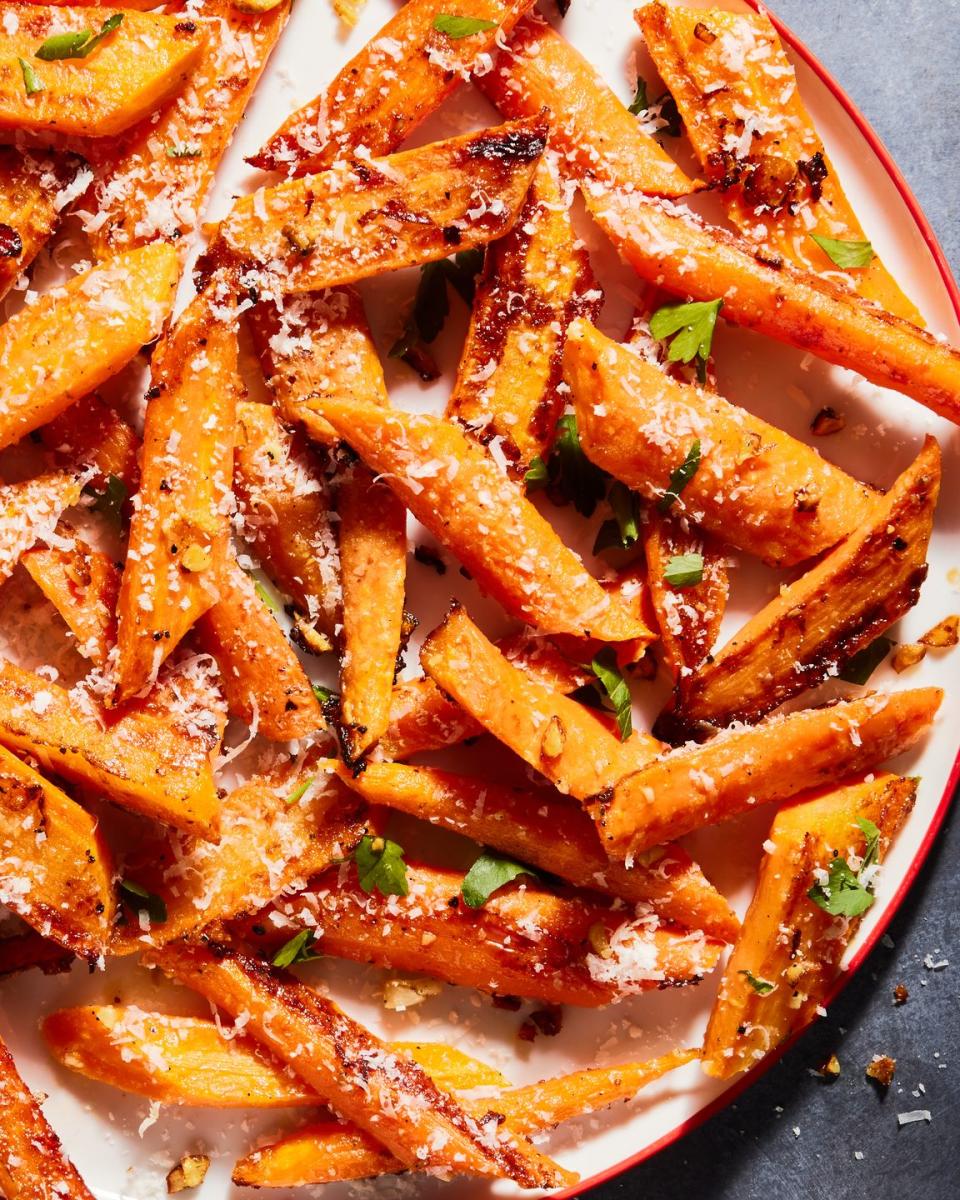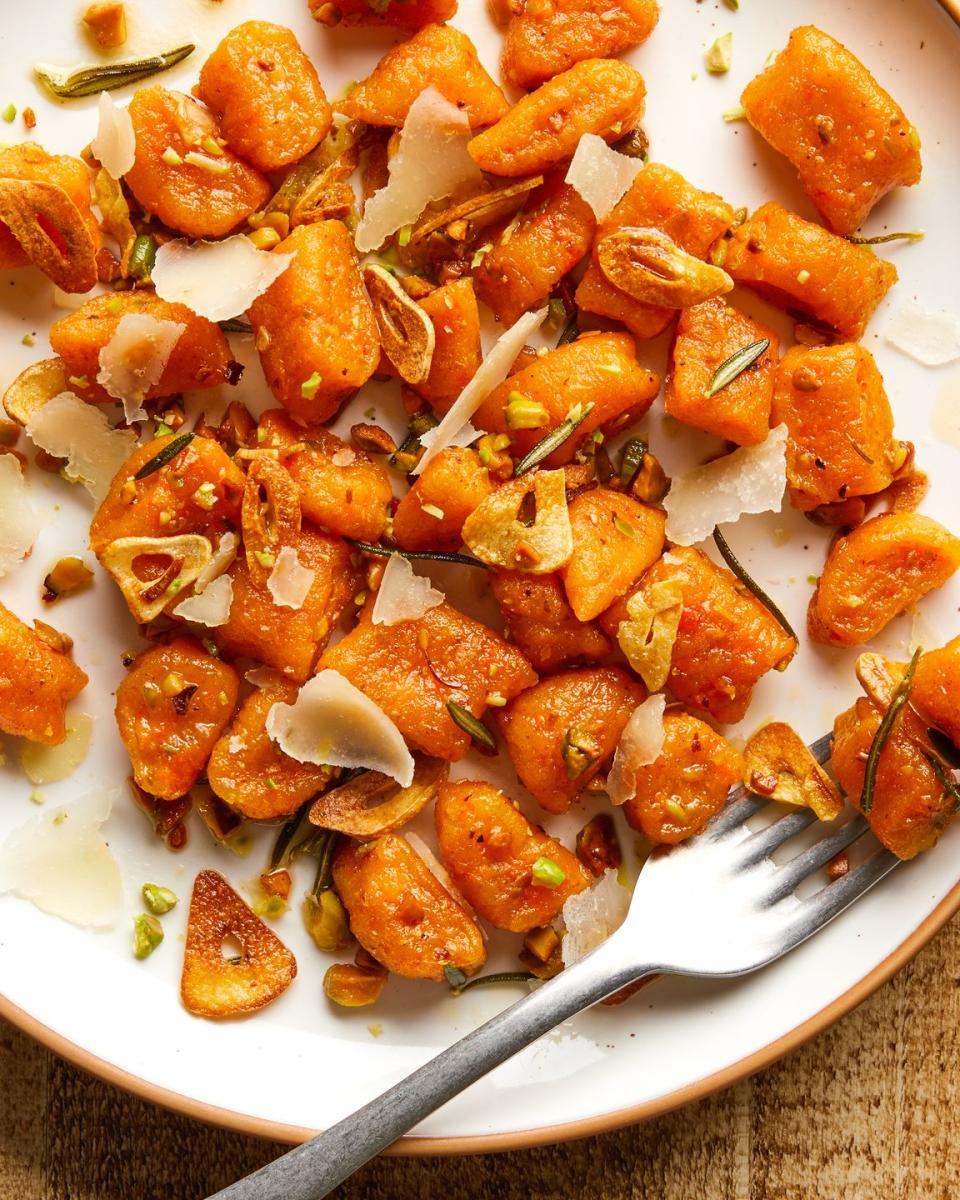Here's What You Shouldn't Do With Unpeeled Carrots

"Hearst Magazines and Yahoo may earn commission or revenue on some items through these links."
If you grew up eating baby carrots, peeling carrots might seem like an absolute necessity. But is peeling really that important? Or is it okay to just leave the peel on?
As a carrot connoisseur and the author of the viral story “8 Reasons You Should Never Eat Baby Carrots," I have a lot of opinions. Here’s everything you need to consider before reaching for the peeler.
A-Peeling Reasons to Peel
On the surface, there are many reasons to peel carrots before eating them. The skins can have a weird texture. They are full of horizontal ridges, little bumps, and sometimes even fine wispy hairs. They can be dusty—maybe even downright dirty—and, unless the carrots are organic, you might be concerned about pesticides. Also, depending on the age and thickness of the carrot, the skins might have a slightly bitter taste to them. With so many possible strikes against them, it's no wonder most people assume they must be peeled.
The Unpeeled Truth
It isn’t necessary to peel carrots before eating them. According to Emily S. Mohn and Elizabeth J. Johnson, scientists at Tufts University's Antioxidants Research Laboratory, “this root vegetable is perfectly safe to eat unpeeled.”
In fact, the peels are very healthy for us, containing the highest concentrations of vitamin C and niacin in the carrot. Additionally, most of the beta-carotene (the antioxidant that our body converts to Vitamin A) in carrots lives just beneath the carrot’s skin, leaving it vulnerable to destruction during the peeling process. So not only is it completely unnecessary, peeling wastes valuable nutrition.
Of course, if you don’t peel your carrots, you’ll want to be sure to clean them to remove any dirt. In addition, Dr. Amy Lee, Head of Nutrition for Nucific, warns us that the chemicals used during the growing process may “leave a residue on the skin,” so it’s wise to “wash...thoroughly before consumption.” Give them a thorough scrub and you’re good to go.
To Peel or Not to Peel?
Whether or not to peel your carrots comes down to three things: personal preference, the carrot in question, and what you’re using it for. Some people are more sensitive to bitterness as well as specific textures in their food, so they might prefer their carrots peeled. Others might be more tolerant.
Some smaller, younger carrots have thinner skins that are not nearly as textured and bitter as those of larger, older carrots. So you might choose to leave the peel on those since it will be more palatable, even if you typically prefer it removed.
There are also some cases when you can leave the peels on, regardless of your personal preference. For example, if you are shredding carrots for a carrot cake, juicing for a smoothie, or chopping mirepoix for a soup, you might leave the peels on to save time and get the benefit of the additional nutrients. In these cases, even the slight bitterness of the older carrot peels will be masked by the spices in the cake, the other fruits and vegetables in the smoothie, or the ingredients in the soup. Not that you have to leave them on if you’re a die-hard carrot-peel hater. The choice is yours.
Garlic-Parmesan Roasted Carrots

Carrot Gnocchi

Miso Roasted Carrots

You Might Also Like

